ARTICLE AD BOX
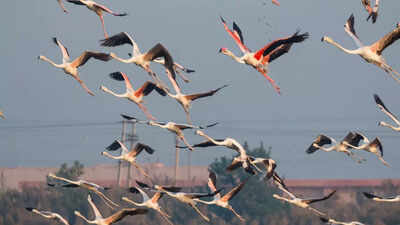
When September arrives, Kutch in Gujarat transforms into a spectacular haven for bird lovers. The salt marshes, wetlands, and open skies welcome thousands of migratory birds escaping colder regions, turning the region into a living aviary.
From vibrant flamingos to graceful cranes, the arrival of these winged travellers creates a breathtaking spectacle that draws nature enthusiasts from across the country.This is the perfect time to witness one of India’s most mesmerising natural events. Whether you’re a seasoned birder or just someone who enjoys spotting rare wildlife, Kutch offers a front-row seat to an incredible migratory show. In this guide, we’ll explore 8 beautiful migratory birds that make Kutch a paradise this September, including their unique features, habits, and the best places to spot them.
How Kutch becomes a paradise for these 8 migratory birds in September
Kutch lies along a major migratory route, making it a vital stopover for birds travelling from Central Asia, Europe, and even Africa. Its wetlands and grasslands, particularly around the Great Rann, Banni Grasslands, and Narayan Sarovar Sanctuary, provide abundant food and safe resting spots.September marks the beginning of their arrival, making it the ideal month for birdwatchers to catch these magnificent visitors before the peak winter season.
Greater flamingo
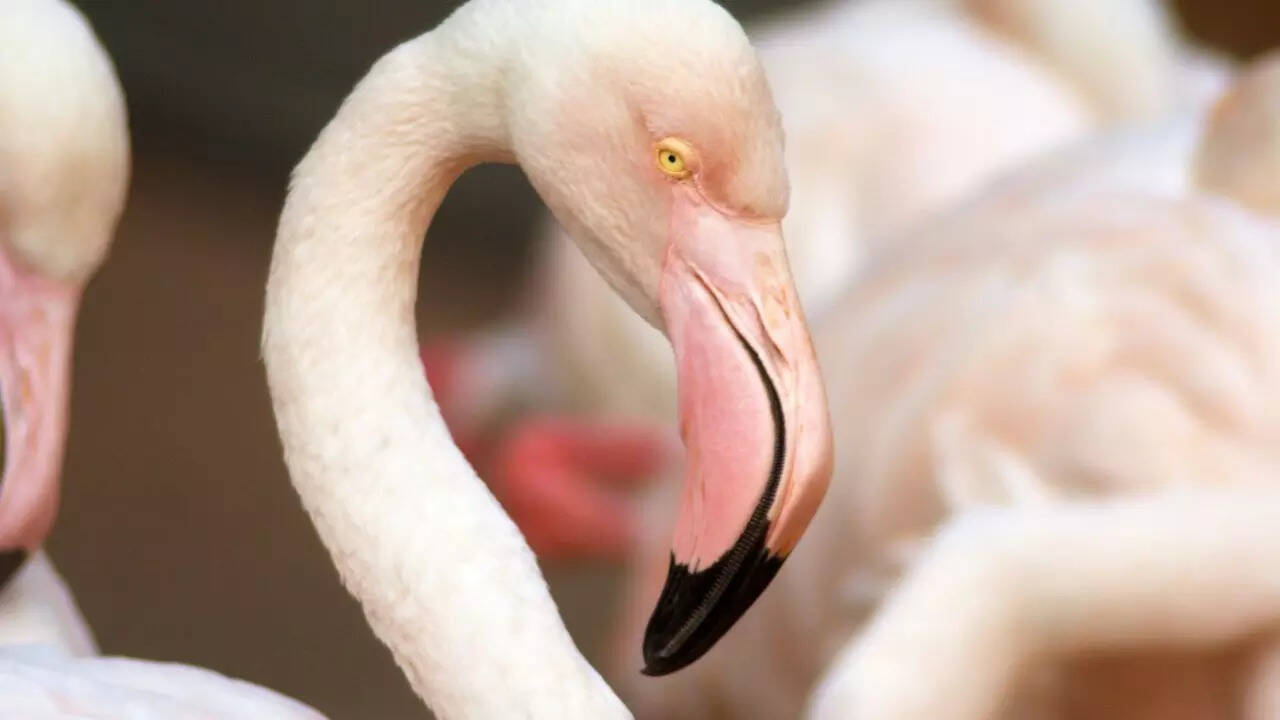
Greater flamingos are the true stars of Kutch’s wetlands. Their pink feathers, long legs, and elegant necks create a mesmerising visual across shallow waters. These birds often gather in large flocks, forming spectacular pink carpets that are a delight to photographers and nature lovers alike.Found in the Great Rann of Kutch, they feed on algae and small crustaceans, their vibrant hue a result of their diet.
Demoiselle crane
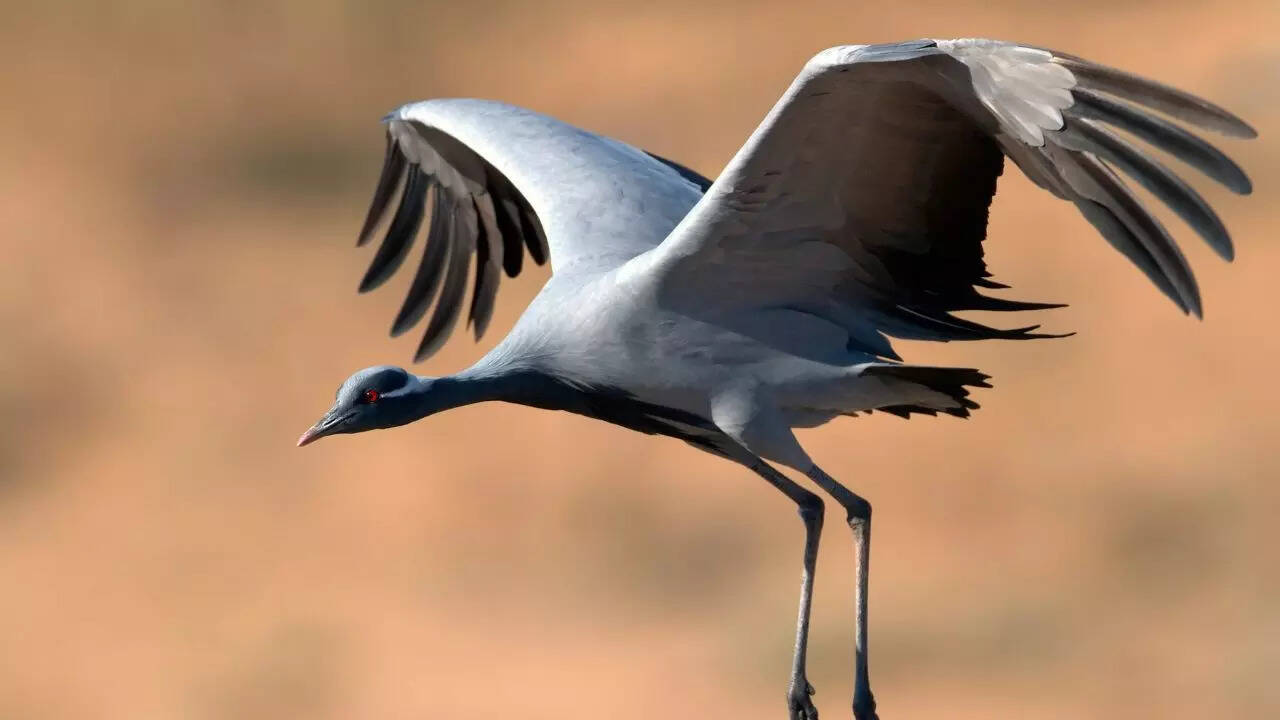
The smallest crane species, the demoiselle crane, is known for its graceful flight and striking appearance.
Arriving from Eurasia, these slender birds often travel in flocks, displaying their delicate necks and long legs. Demoiselle cranes are typically found in open grasslands and wetlands, and their melodious calls add an enchanting soundtrack to Kutch’s landscapes.
Painted stork
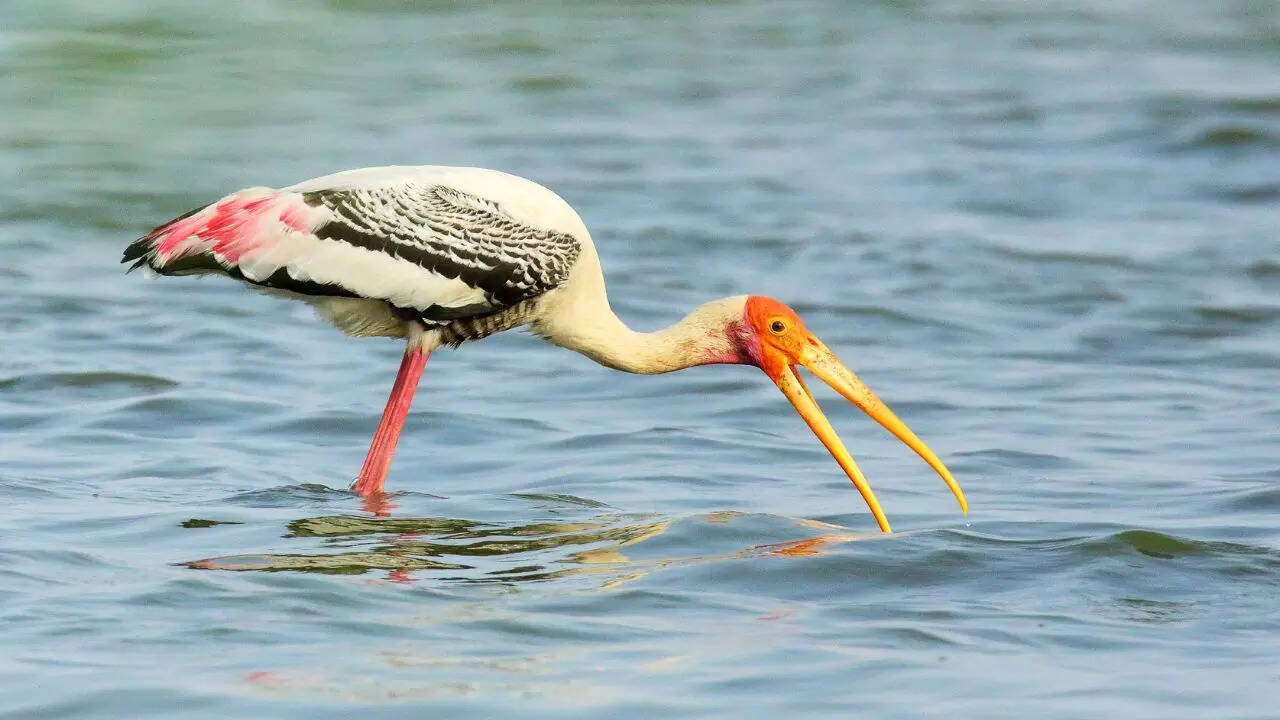
Painted storks are instantly recognisable by their vivid orange beaks and striking black-and-white wings. They feed in shallow waters, often in groups, creating a lively scene for birdwatchers.These birds are not only visually stunning but also play a key role in maintaining the wetland ecosystem by controlling fish populations.
Eurasian spoonbill
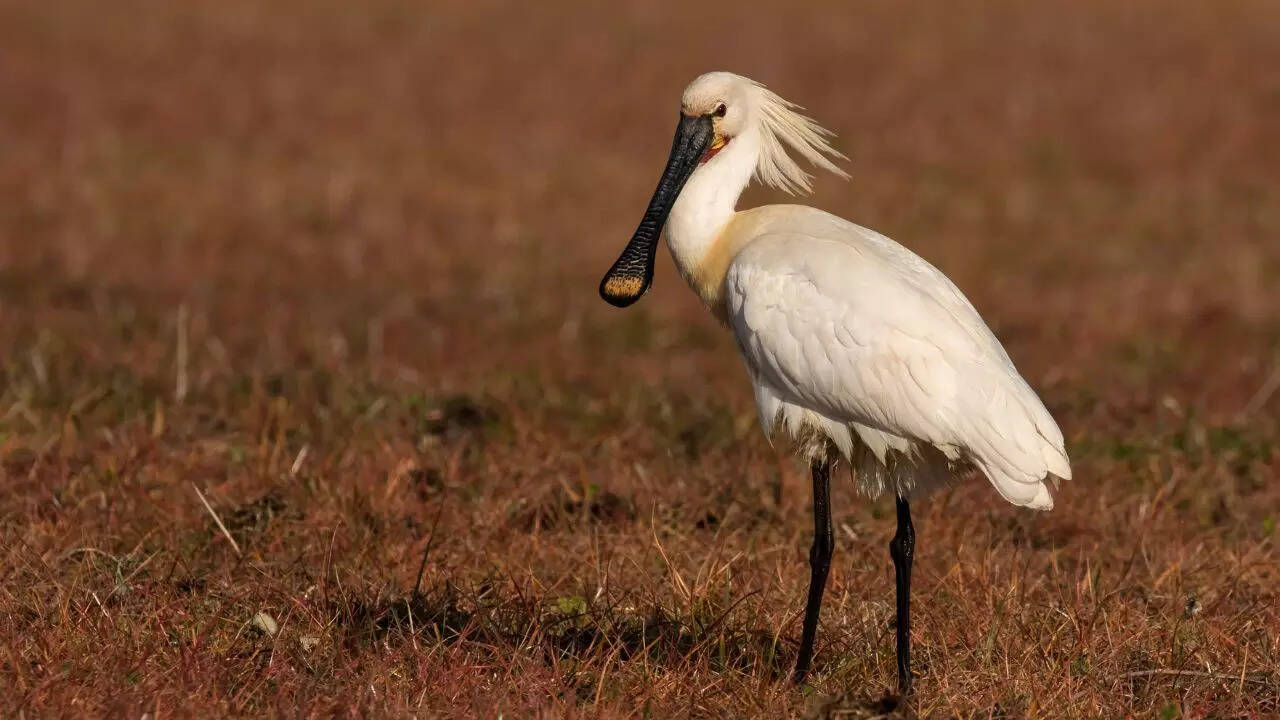
Easily spotted thanks to their unique spoon-shaped bills, Eurasian spoonbills wade gracefully through shallow waters in search of food. Their all-white plumage and calm movements make them a favourite among photographers. Spoonbills are found in the Great and Little Rann wetlands and are especially active during early mornings and late afternoons.
Pelican
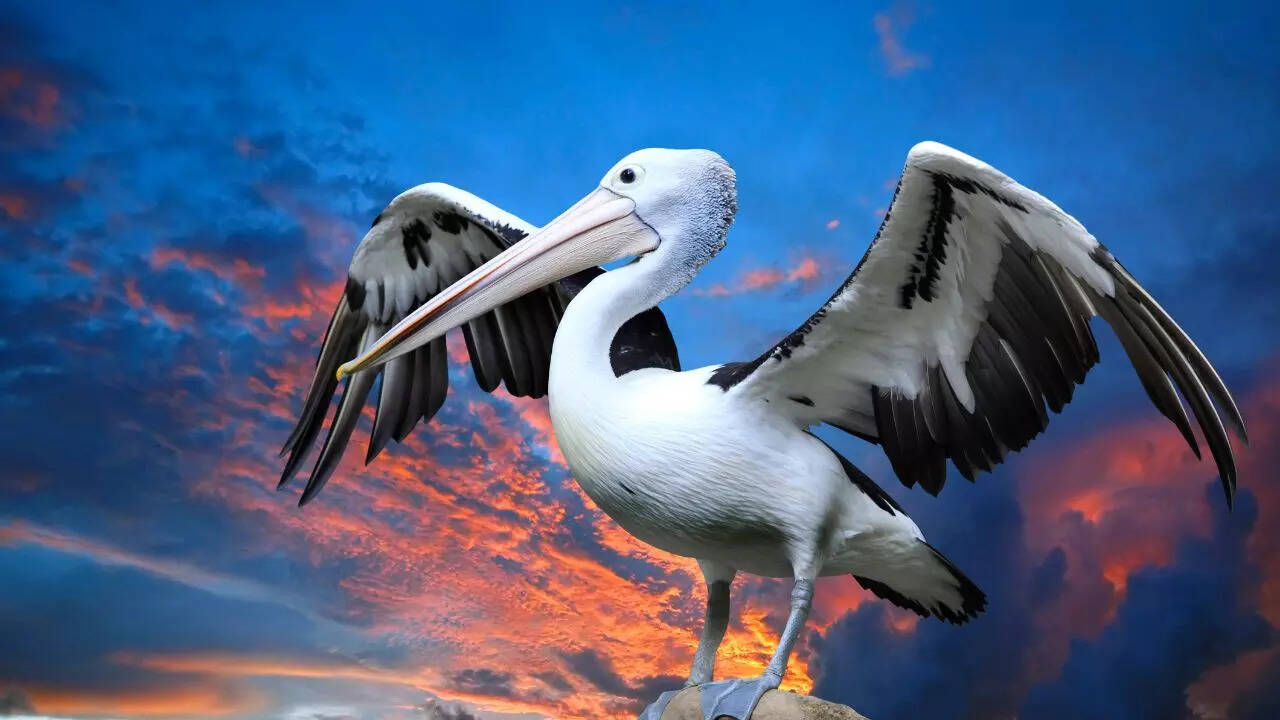
Both spot-billed and Dalmatian pelicans migrate to Kutch during this season. Their impressive wingspan and cooperative fishing behaviour make them stand out among waterbirds.Often seen gliding over the wetlands or diving in unison, pelicans add grandeur to the migratory spectacle.
Bar-headed goose
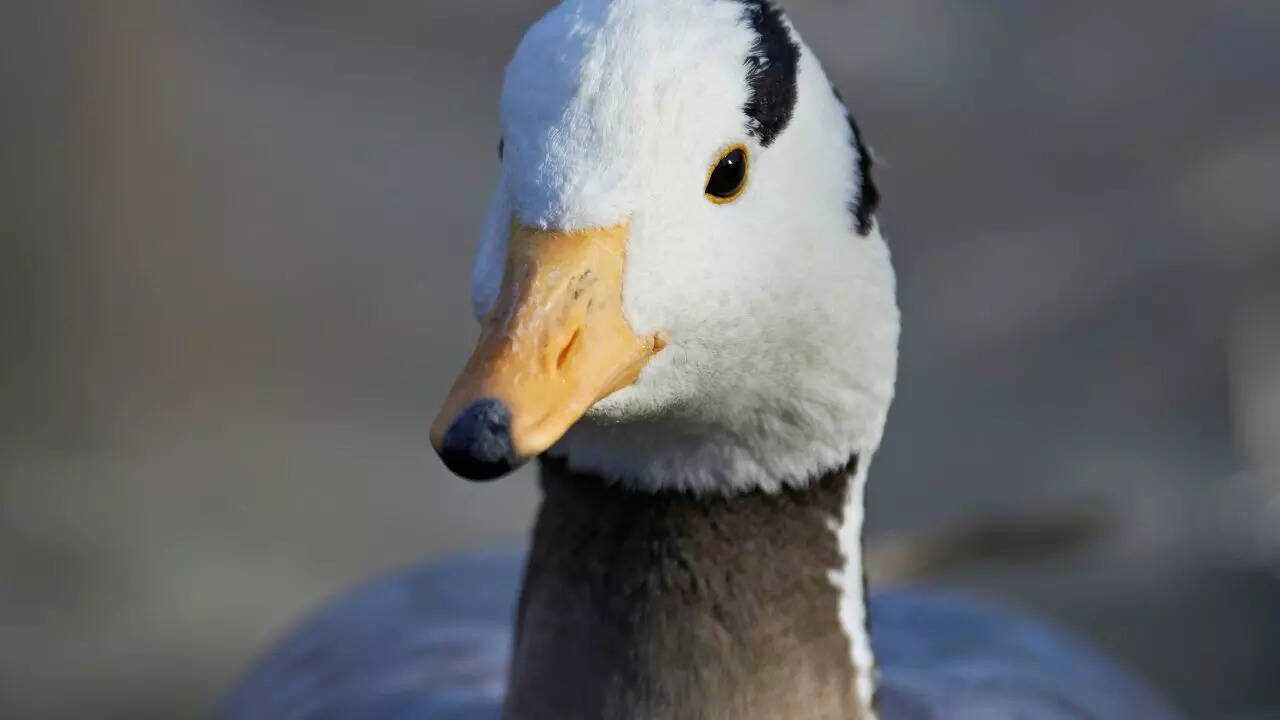
Famed for flying over the Himalayas at extreme altitudes, bar-headed geese are a marvel of endurance. In Kutch, they rest in large flocks near lakes and wetlands, feeding and preening. Their greyish-white plumage, orange beaks, and serene movements make them a peaceful addition to the region’s avian diversity.
Curlew sandpiper
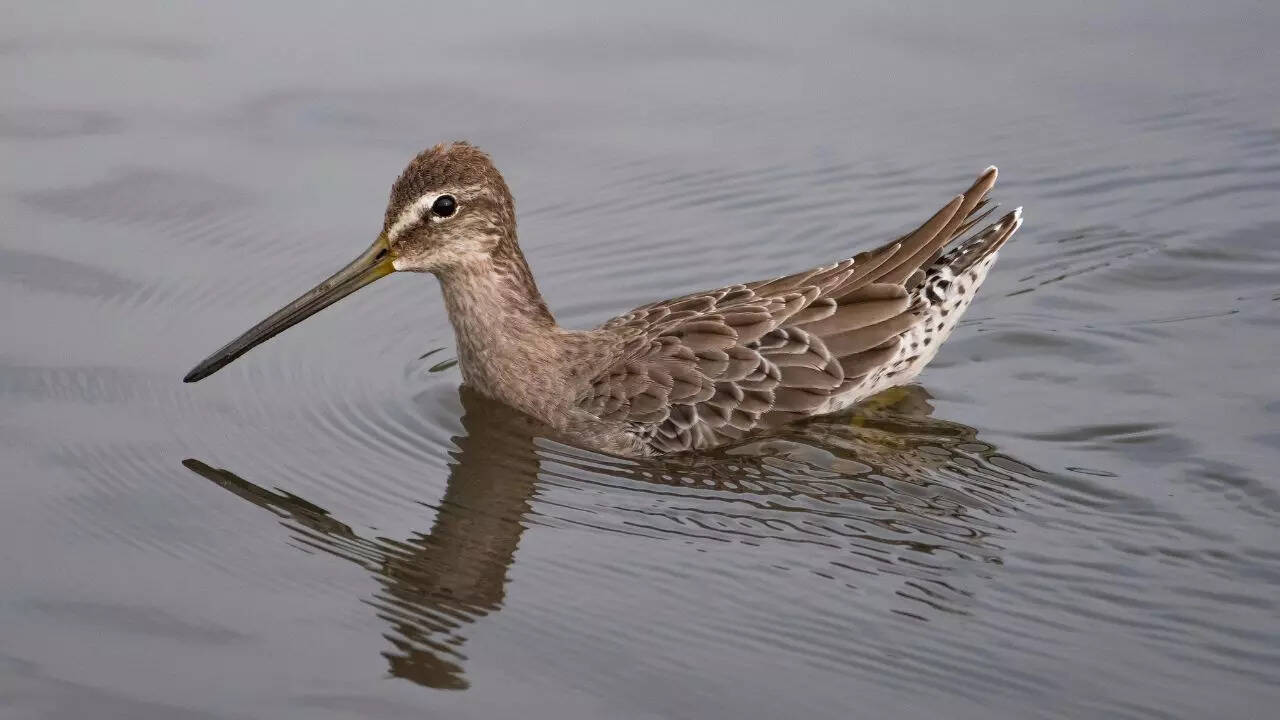
Curlew sandpipers are small wading birds with distinctive downcurved bills. Migrating all the way from Siberia, they forage along mudflats and shallow shores, adding delicate motion to Kutch’s landscapes.Spotting them requires a keen eye, but their striking patterns and graceful feeding habits make it worthwhile.
Common teal
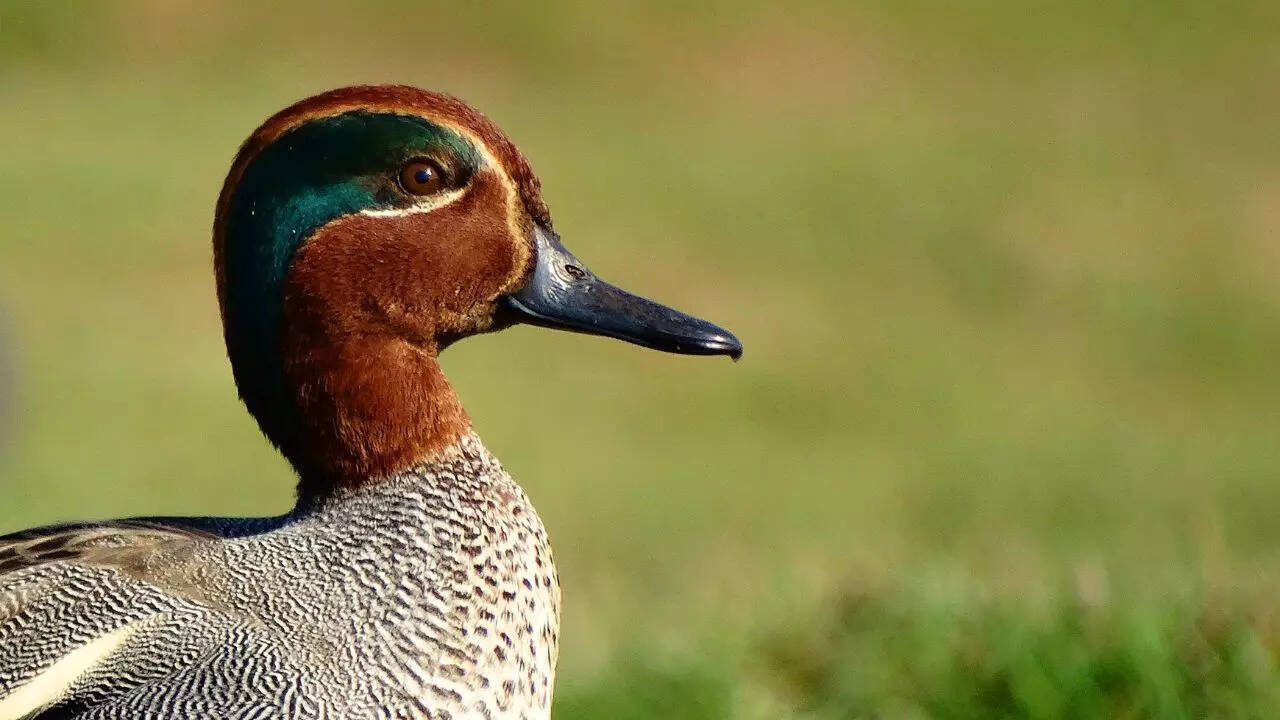
The common teal is a small, colourful duck species that migrates to Kutch’s wetlands during this season. With its vibrant plumage and fast, whistling flight, it adds both colour and energy to the scenery.Often seen in groups, teals are active during mornings and evenings, making them perfect for early birdwatching sessions.
Best spots to watch migratory birds in Kutch
Great Rann of Kutch: Vast salt pans and wetlands make it ideal for spotting flamingos, pelicans, and cranes.Banni Grasslands: Desert-adapted birds like larks, sandgrouse, and bustards are abundant here.Little Rann of Kutch: A Ramsar site that hosts both resident and migratory waterbirds, especially during September.Narayan Sarovar Sanctuary: A serene sanctuary for spotting painted storks, spoonbills, and bar-headed geese.
Tips for birdwatching in Kutch
- Visit in September to catch the start of the migratory season.
- Early mornings and late afternoons are the best times for sightings.
- Carry binoculars, a camera, field guides, and plenty of water.
- Join guided tours during the Passage Migration Count for expert insights and better spotting opportunities.
Kutch in September is more than a destination; it’s a natural spectacle. The arrival of these migratory birds transforms the region into one of India’s richest birdwatching hotspots. From flocks of flamingos painting the wetlands pink to the delicate movements of curlew sandpipers along mudflats, every sight is a reminder of nature’s grandeur. If you’re a bird enthusiast or simply someone who appreciates the beauty of wildlife, Kutch offers a once-in-a-season experience that’s impossible to forget.Also read| Top 10 oldest languages in the world still spoken today



.png)
.png)
.png)
















 3 days ago
8
3 days ago
8








 English (US) ·
English (US) ·